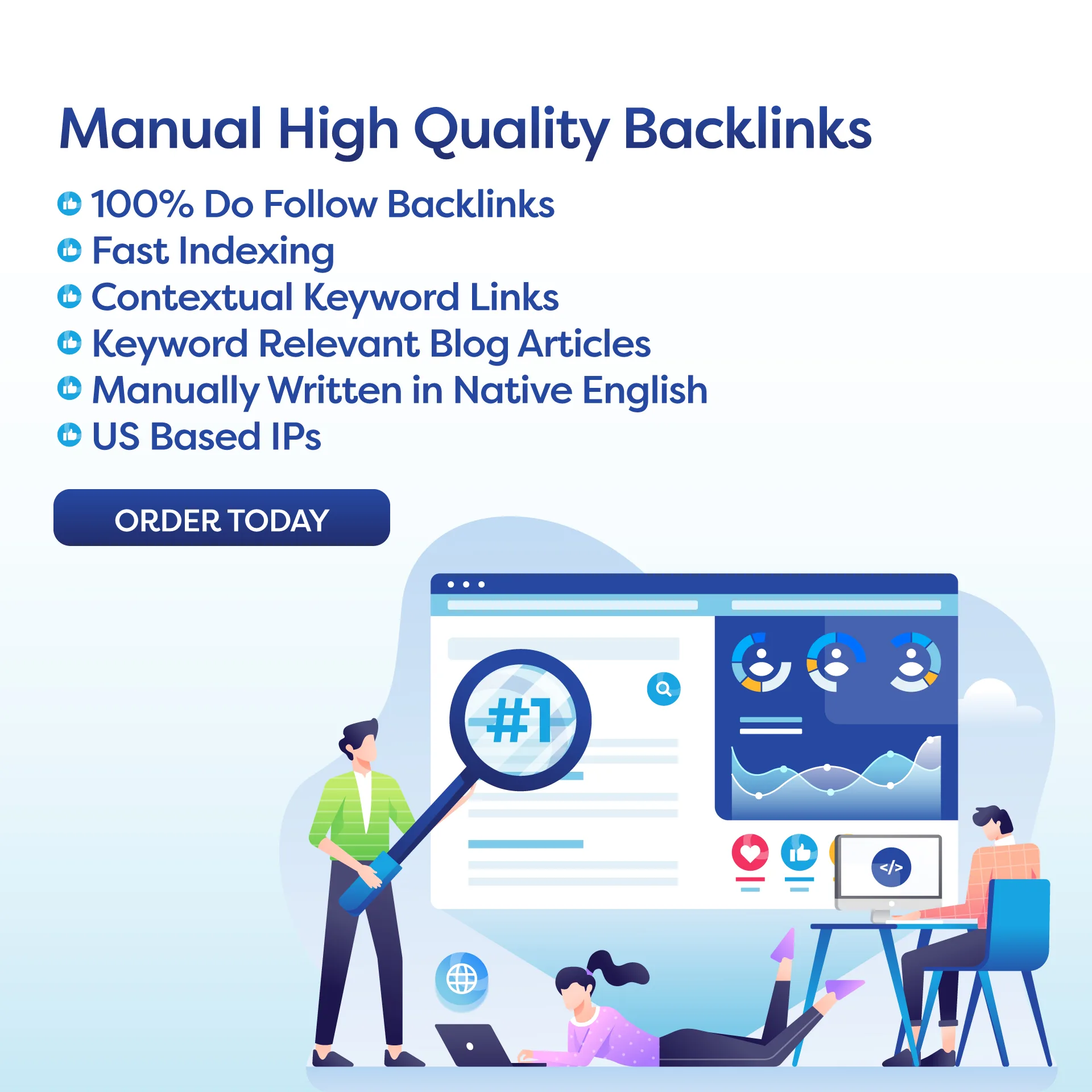In the bustling world of small businesses, the hiring process can often seem like navigating through uncharted waters. With limited resources and the pressure to find the right fit for your team, the importance of strategic hiring cannot be overstated. For small businesses, every new hire must count, making it crucial to optimize the hiring process for both efficiency and effectiveness.
The Importance of Strategic Hiring in Small Businesses
Strategic hiring goes beyond filling an immediate vacancy; it’s about foreseeing your business’s future needs and aligning them with the skills and personalities that walk through your door. This approach ensures that each new member not only contributes to the current team dynamic but also propels the business towards its long-term goals.
For example, consider a professional floor installer looking to expand their business. They might not just need another installer, but someone who can also manage client relations and potentially lead future projects. This foresight changes the hiring criteria, emphasizing not only technical skills but also leadership and communication abilities.
In small businesses, the impact of each employee is magnified due to the smaller team sizes. A new hire who can wear multiple hats can be a significant asset, bringing versatility and innovation to the team. Conversely, a poor hiring decision can be costly, not just in monetary terms, but also in terms of team morale and productivity.
By focusing on strategic hiring, small business owners can ensure they are not just filling a position but are investing in the future success of their business. This involves a careful assessment of the current team’s capabilities, identifying skill gaps, and understanding the qualities needed in a new hire to complement and enhance the team’s performance.
Navigating the hiring process with strategy and foresight can transform it from a daunting task to an exciting opportunity to shape the future of your small business. The next sections will delve deeper into the best practices for small business hiring, covering everything from crafting effective job listings to conducting thorough interviews and implementing successful onboarding strategies.
Best Practices for Small Business Hiring
To ensure the success and growth of your small business, adopting a strategic approach to hiring is essential. Here are key best practices to guide you through the hiring process:
Understanding Your Needs
Identifying Skill Gaps and Role Requirements
Before posting a job ad, take the time to analyze your current team’s strengths and weaknesses. Identifying skill gaps and specific role requirements is crucial to finding a candidate who can bring the most value to your business. This clarity helps in creating targeted job descriptions that attract the right candidates.
Crafting Effective Job Listings
Utilizing the Right Channels for Job Postings
Not all job posting channels are created equal. Choose platforms that are frequented by your ideal candidates. For instance, if you’re seeking a creative professional, platforms like LinkedIn or Behance might yield better results than a general job board. Ensure your job listing includes relevant keywords related to the skills and experiences you’re seeking, making it easier for potential candidates to find your posting.
Streamlining the Application Process
Simplifying Application Steps
A complicated application process can deter even the most enthusiastic candidates. Aim to simplify application steps, ensuring you collect essential information without overwhelming applicants. This balance ensures a positive experience for candidates and helps you maintain a robust applicant pool.
Conducting Thorough Interviews
Preparing Meaningful Questions
Interviews are your opportunity to delve deeper into a candidate’s qualifications and fit for your team. Prepare meaningful questions that not only assess technical skills but also explore soft skills and cultural fit. Questions should encourage candidates to share experiences and examples that demonstrate their abilities and approach to work.
Involving Team Members in the Hiring Process
Including team members in the interview process can provide valuable perspectives on a candidate’s fit within the team. This collaborative approach can help assess how well the candidate will integrate with your existing team, ensuring a smoother transition and fostering a more inclusive workplace culture.
Onboarding and Retention Strategies
Creating a Welcoming Onboarding Experience
The first few weeks are critical for a new hire. A structured and welcoming onboarding experience can significantly impact a new employee’s ability to quickly become productive and feel part of the team. This process should include clear communication of job responsibilities, introductions to team members, and necessary training sessions.
Fostering Employee Engagement and Growth
Investing in your employees’ professional development is key to retention. Offer opportunities for growth and learning, and regularly check in with employees about their career goals and satisfaction. Engaged employees are more likely to stay committed to your business and contribute to its success.
By implementing these best practices in your hiring process, you can significantly improve your chances of attracting and retaining the talent your small business needs to thrive. From understanding your hiring needs to streamlining the application process and conducting thorough interviews, each step is an opportunity to ensure that your new hire is not just a good fit for the job but a valuable addition to your team.


